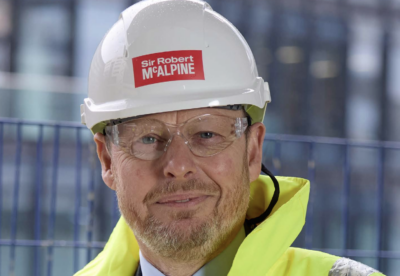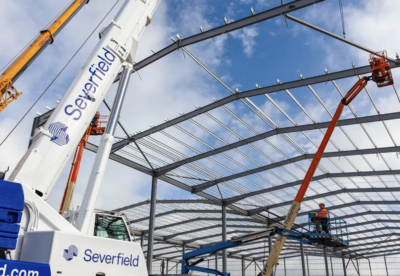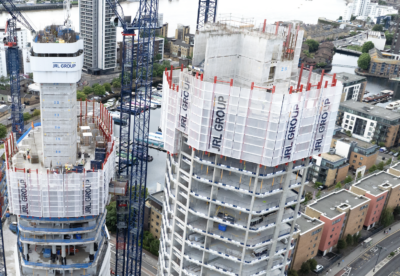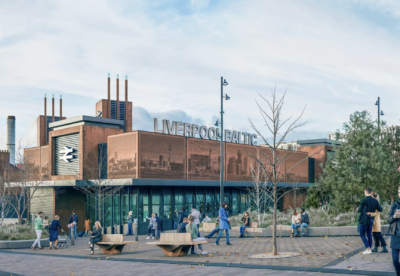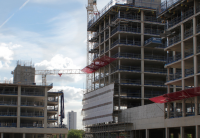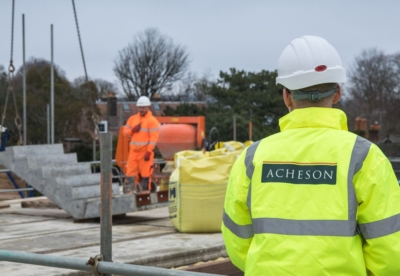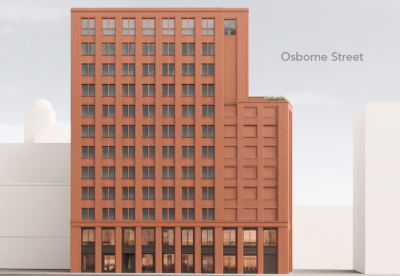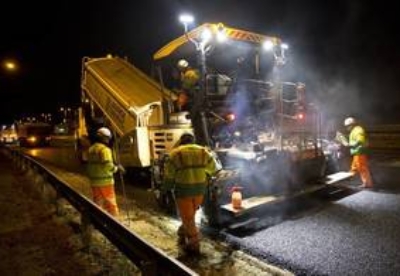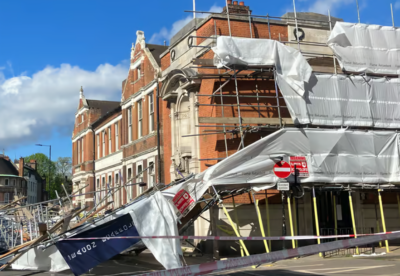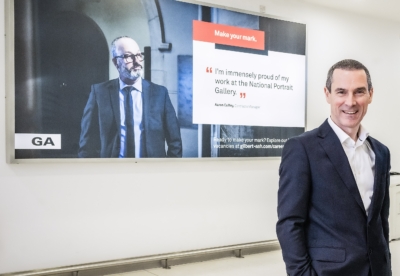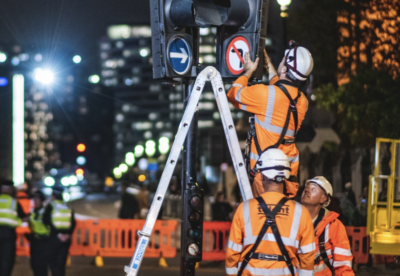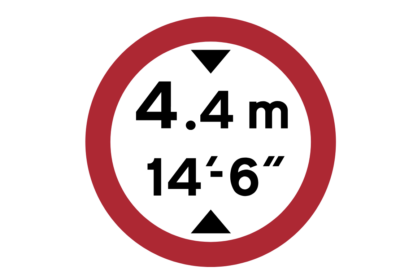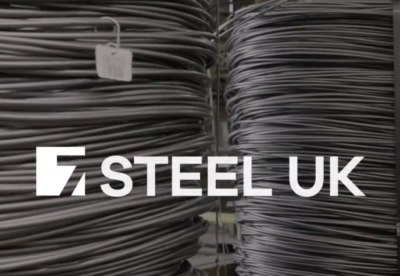The new regulator would oversee a broad sweep of the industry from construction product development to installation on high-rise buildings.
This would see commercial organisations removed from the certification of products.
The inquiry’s top-level recommendation comes as the Government was blamed for decades of failure to regulate construction. Manufacturers of cladding and insulation products at Grenfell were dishonest and deliberately concealed the fire risks their products posed, says the report.
Main contractor Rydon and Harley Facades were picked out for a ‘casual and complacent attitude’ to the selection and performance of the cladding materials used.
“Everyone involved in the choice of the materials to be used in the external wall thought that responsibility for their suitability and safety lay with someone else,” said inquiry chief Sir Martin Moore-Bick.
The final 1,700-page report into the Grenfell Tower fire also recommends that the new regulator should operate a licensing scheme for principal contractors that would also require their directors to make firm pledges over the safety of projects.
On construction or refurbishment of higher-risk buildings this would make it a legal requirement that any application for building control approval be supported by a personal undertaking from a director or senior manager of the principal contractor stating that all reasonable care would be taken to ensure that on completion and handover the building would be safe as required by the Building Regulations.
The report states that the new construction regulator must have sufficient resources to take on the functions that are currently
discharged by a variety of industry bodies
Role of proposed construction regulator
a. regulation of construction products;
b. development of suitable methods for testing the reaction to fire of materials and
products intended for use in construction;
c. testing and certification of such products;
d. issue of certificates of compliance of construction products with the requirements
of legislation, statutory guidance and industry standards;
e. regulation and oversight of building control;
f. licensing of contractors to work on higher-risk buildings;
g. monitoring the operation of the Building Regulations and the statutory guidance and
advising the Secretary of State on the need for change;
h. carrying out research on matters affecting fire safety in the built environment;
i. collecting information, both in this country and abroad, on matters affecting fire safety;
j. exchanging information with the fire and rescue services on matters affecting fire safety;
k. accrediting fire risk assessors;
l. maintaining a publicly available library of test data and publications.
The report said that over the course of time the arrangements under which the construction industry was regulated had become too complex and fragmented.
At the time of the Grenfell fire the Department for Communities and Local Government (now the Ministry of Housing, Communities and Local Government) was responsible for the Building Regulations and the statutory guidance, the Department for Business, Energy and Industrial Strategy (now the Department for Business and Trade) was responsible for regulating products and the Home Office was responsible for the fire and rescue services.
At the same time building control was partly in the hands of local authorities and partly in the hands of approved inspectors operating as commercial organisations.
Enforcement of the law relating to the sale of construction products was carried out by Trading Standards, while commercial organisations provided testing and certification services to manufacturers of products.
UKAS accredited organisations operating as conformity assessment bodies.
The inquiry recommends that all these functions should be exercised by a single independent body headed by the new construction regulator, reporting to a single Secretary of State.
“In our view, this degree of fragmentation was a recipe for inefficiency and an obstacle to effective regulation” argues the report.
It also concludes: “One very significant reason why Grenfell Tower came to be clad in combustible materials was systematic dishonesty on the part of those who made and sold the rainscreen cladding panels and insulation products.
“They engaged in deliberate and sustained strategies to manipulate the testing processes, misrepresent test data and mislead the market. In the
case of the principal insulation product used on Grenfell Tower, Celotex RS5000, the Building Research Establishment was complicit in that strategy.”
Sir Martin said: “The simple truth is that the deaths that occurred were all avoidable and that those who lived in the tower were badly failed over a number of years and in a number of different ways by those who were responsible for ensuring the safety of the building and its occupants.”
The Metropolitan Police said it would hand over the evidence of its criminal investigation to Crown Prosecution Services in 2026. This means it would be another two years before the CPS decides whether any potential criminal charges relating to the fire are brought.





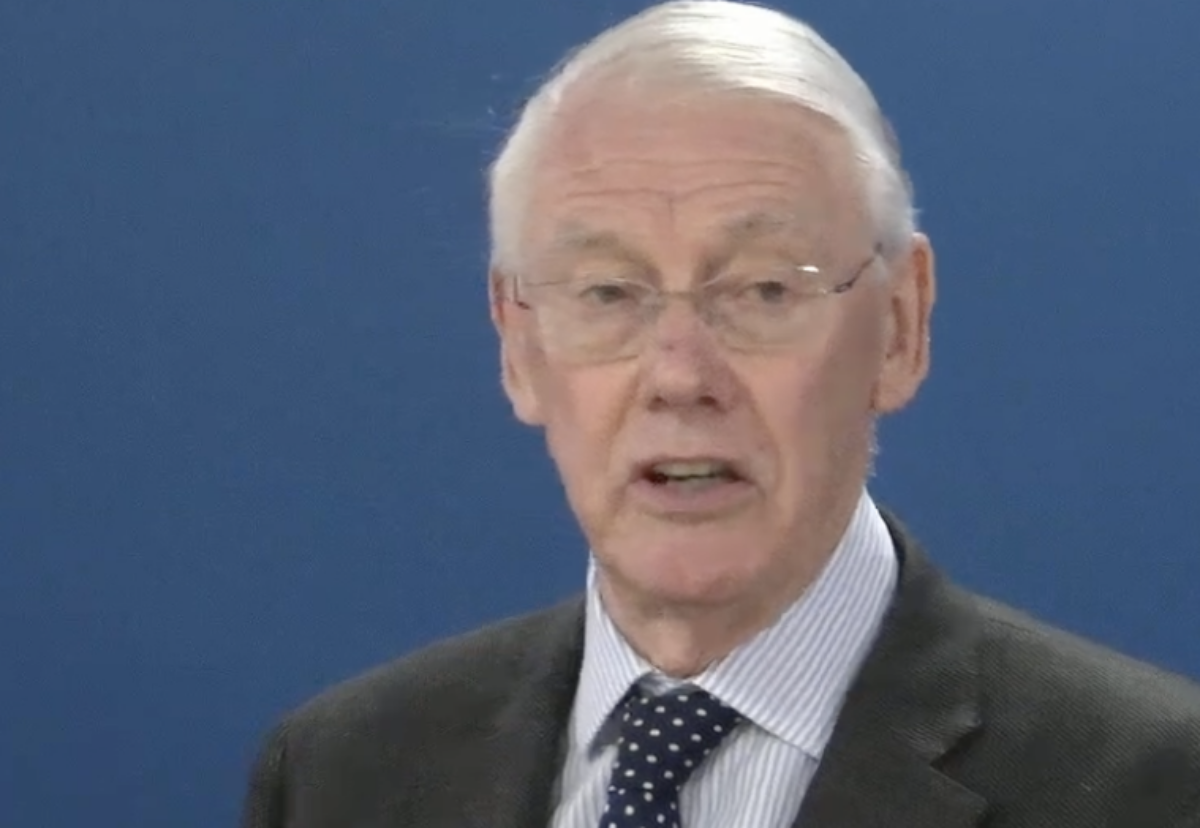
.jpg)
 (300 x 250 px).jpg)


.gif)

